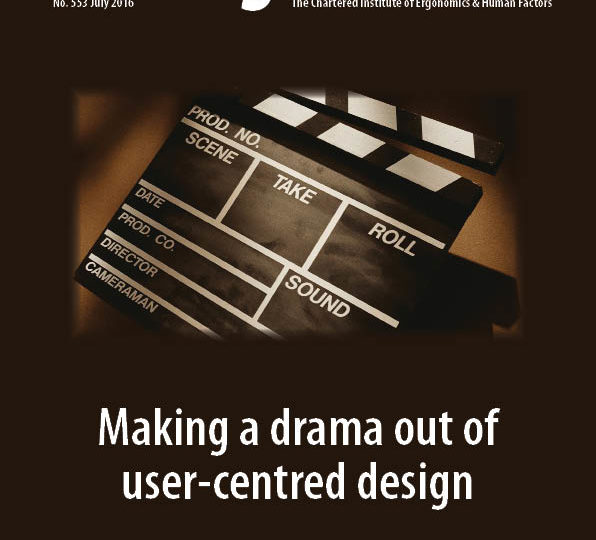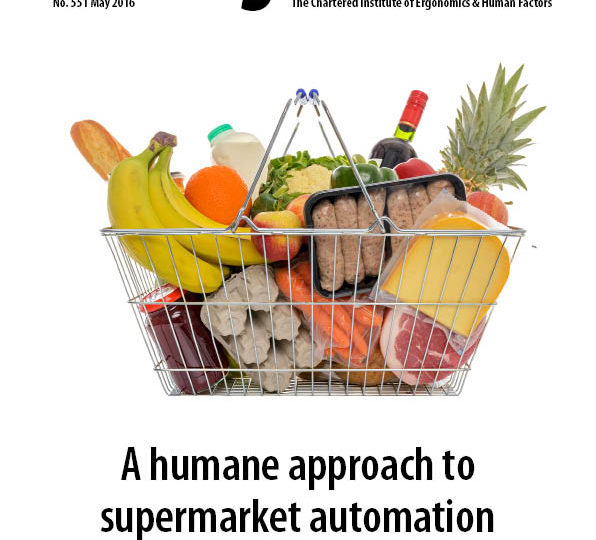
The understanding of the human role in accidents has gone through three stages:
• In the classical view, humans were seen as error prone or as fallible machines. The purpose of an accident investigation was therefore often to find the “human error” that either was the primary (or even “root”) cause or the initiating event.
• When in the 1990s it was realised – gradually at first – that the “human error” view was not tenable, explanations changed to look for how performance shaping factors or performance conditions could “force” people to fail. This did not remove the concept of a “human error”, but changed from an inherent human ‘error mechanisms’ to be a product of working conditions and work pressures.
• Although this change for a while enabled people to understand accidents of a more complex nature, it still fell short in a number of situations. This led to the recognition, strongly supported by resilience engineering, that failures and successes have the same source, and that they metaphorically speaking are two sides of the same coin. (source: functionalresonance.com).
At our human factors integration in the nuclear industry event in November, John Lovegrove of Canary Designs Ltd will speak on The Functional Resonance Analysis Method or FRAM modelling, developed by Hollnagel, which provides a way to describe outcomes using the idea of resonance arising from the variability of everyday performance.
To arrive at a description of functional variability and resonance, and to lead to recommendations for damping unwanted variability, a FRAM analysis consists of four steps:
• Identify and describe essential system functions, and characterise each function using the six basic characteristics (aspects). In the first version, only use describe the aspects that are necessary or relevant. The description can always be modified later.
• Check the completeness / consistency of the model.
• Characterise the potential variability of the functions in the FRAM model, a well as the possible actual variability of the functions in one or more instances of the model.
• Define the functional resonance based on dependencies / couplings among functions and the potential for functional variability.
• Identify ways to monitor the development of resonance either to dampen variability that may lead to unwanted outcomes or to amplify variability that may lead to wanted outcomes.
John says: ‘when we practice Human Factors we are constantly adjusting our performance based on the trade-off between efficiency and thoroughness. In my personal experience I have had to adjust to changing circumstances (i.e. time, resource, budget, organisation, design, new research, new techniques, and new standards). The FRAM analysis will uncover the factors that influence whether or not Human Factors activities are successfully delivered across the nuclear industry.’




